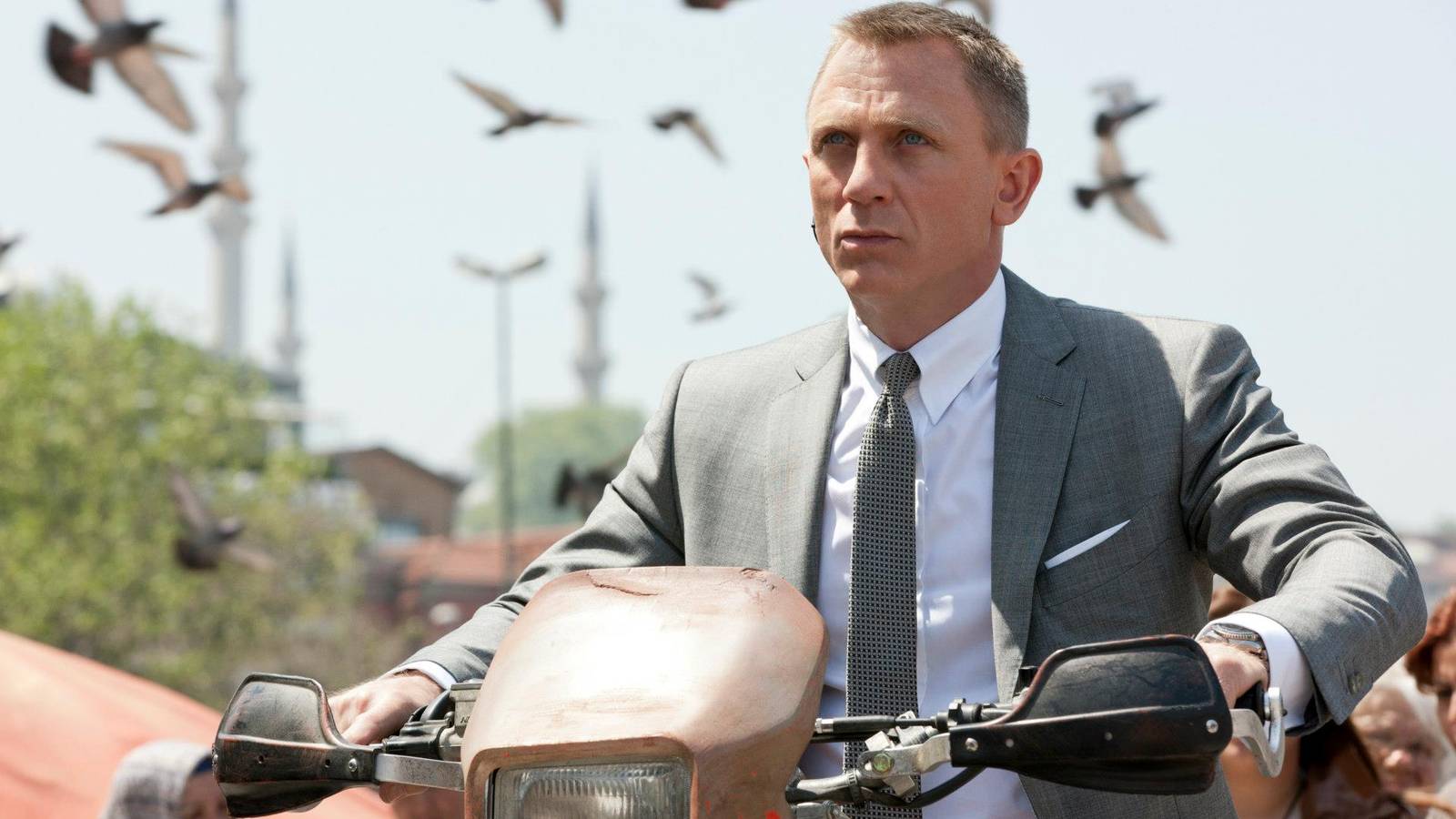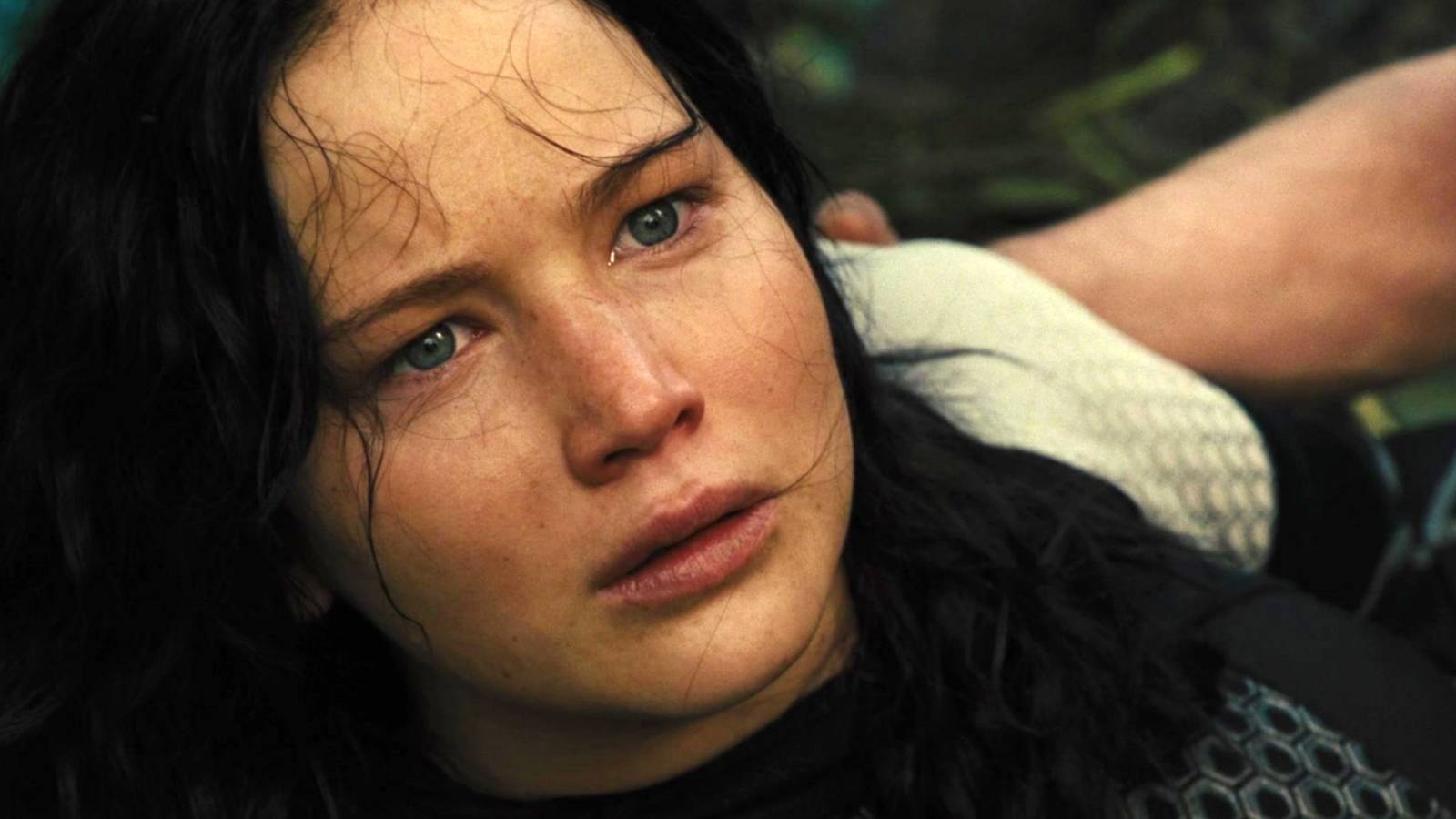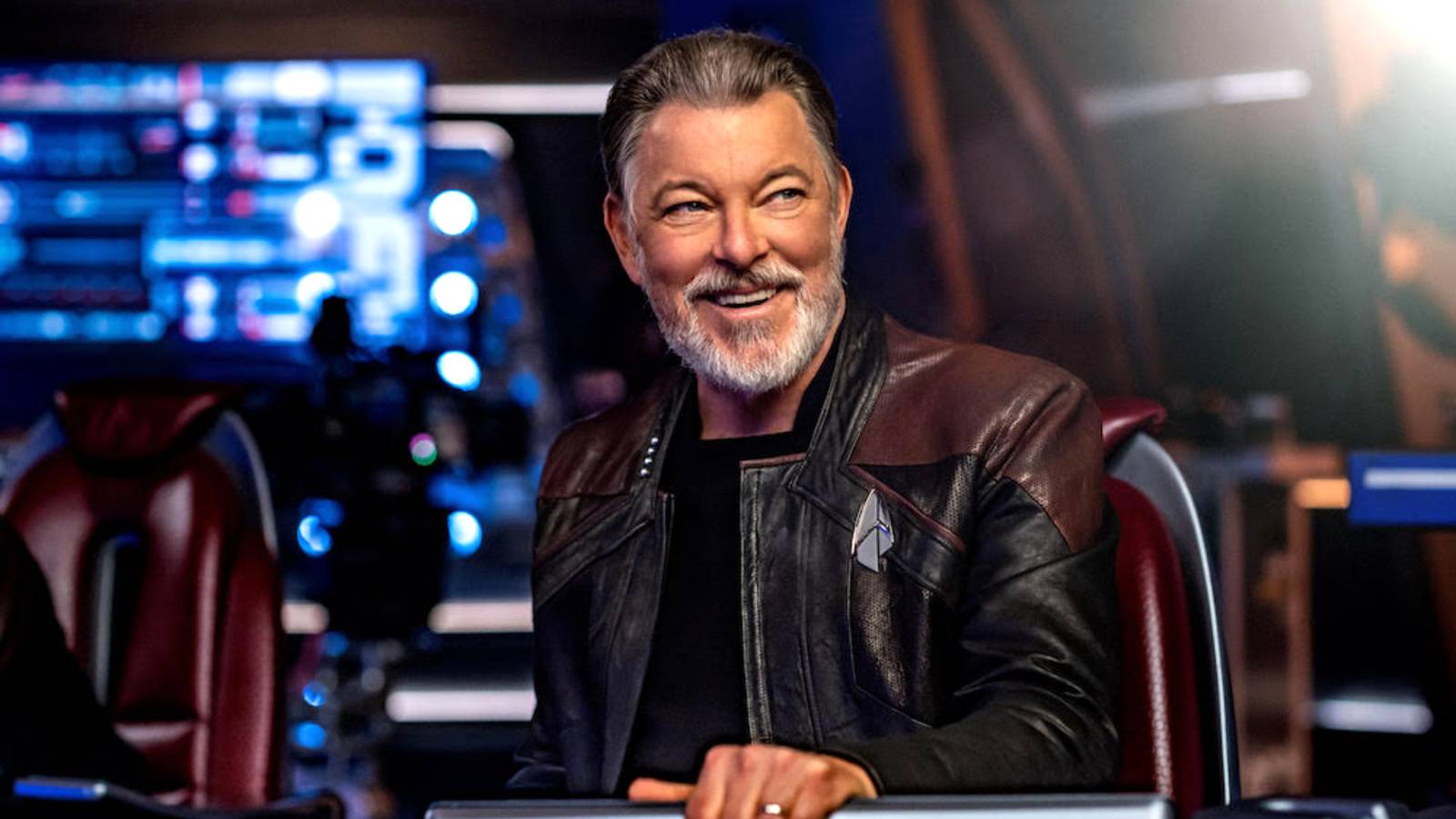Daniel Craig’s era as James Bond brought a fresh, gritty realism and depth to the iconic spy character. His run from Casino Royale to No Time To Die has been widely praised for revitalizing the franchise with more nuanced storytelling, stronger supporting cast development, and a move away from outdated camp and stereotypes. However, not all elements introduced or carried forward during this period have aged well. As the franchise looks toward Amazon’s highly anticipated Bond 26, it’s crucial to leave some annoying and problematic tropes behind.
1. The Overused Facial Disfigurement Villain Trope
One of the most outdated and offensive tropes persisting in the Daniel Craig Bond era is the recurrent portrayal of villains with facial disfigurements or visible scars. From Mads Mikkelsen’s cold, calculating Le Chiffre in Casino Royale to Javier Bardem’s menacing Raoul Silva in Skyfall, and continuing through Rami Malek’s sinister Safin and Christoph Waltz’s Blofeld in No Time To Die, the franchise seems obsessed with showing villains who bear prominent facial injuries.
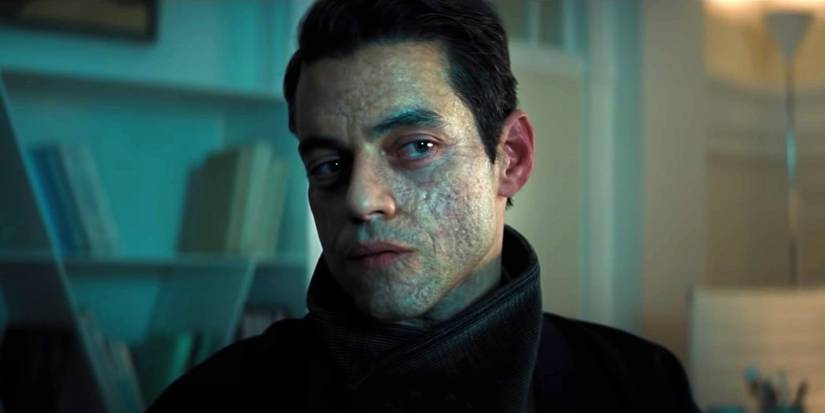
This cliché equates external deformity with inner evil, an idea firmly outdated and offensive in today’s society. It unfairly stigmatizes those who live with scars or disabilities and substitutes lazy characterization for richer, more complex villain motives. With so many different avenues for developing a compelling antagonist, relying on disfigurement as shorthand for menace feels frankly lazy and out of sync with contemporary values. Future James Bond movies need to prioritize depth over visual stereotypes when crafting their villains.
2. The “Old Man” Bond: Retirement Overkill
Another curious and frustrating aspect of Daniel Craig’s Bond run is the overemphasis on Bond’s physical decline and retirement struggles, particularly from Skyfall onward. Starting as a young, intense spy in Casino Royale and Quantum of Solace, Craig’s Bond quickly transitioned into a character considered past his prime—struggling to keep up and repeatedly contemplating stepping away.
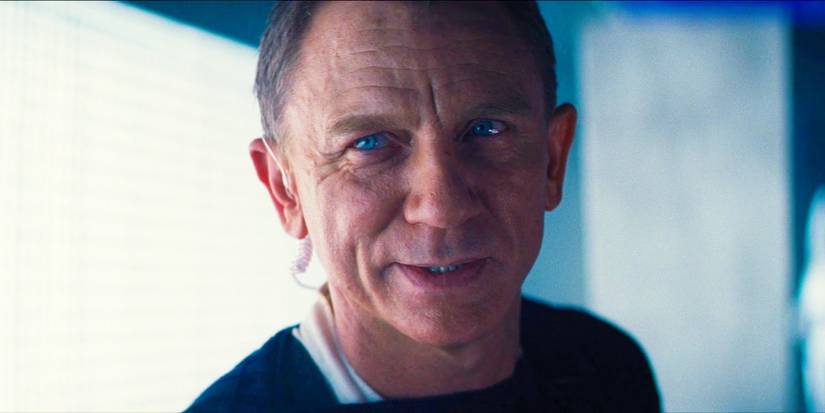
While this storyline added emotional depth and vulnerability to the character, by the time of Spectre and No Time To Die, Bond’s tired, “washed-up” persona started to lose appeal. The franchise’s strength historically lies in portraying Bond as the peak of espionage excellence—sexy, capable, and always in control. Going forward, Bond 26 would benefit from introducing an agent who is firmly in his professional prime: experienced yet physically at the height of his abilities. This shift will restore the classic image of a confident, unstoppable 007 rather than a reluctant, aging spy agonizing over his fading relevance.
3. Villains With Personal Connections To Bond
Villains with a personal vendetta against Bond dramatically ramp up stakes, but this trope has been overplayed to the point of exhaustion in Daniel Craig’s films. Earlier in Bond history, villains tended to be driven by grandiose ambitions like power and greed. Occasionally, there was a personal angle, such as Alec Trevelyan’s vengeful grudge in GoldenEye.
In Daniel Craig’s films, however, the connection is taken to extremes—Blofeld revealed as Bond’s estranged adoptive brother in Spectre, Silva’s deep hatred of M in Skyfall, and Safin’s disturbing fixation on Bond’s love interest Madeleine Swann in No Time To Die.
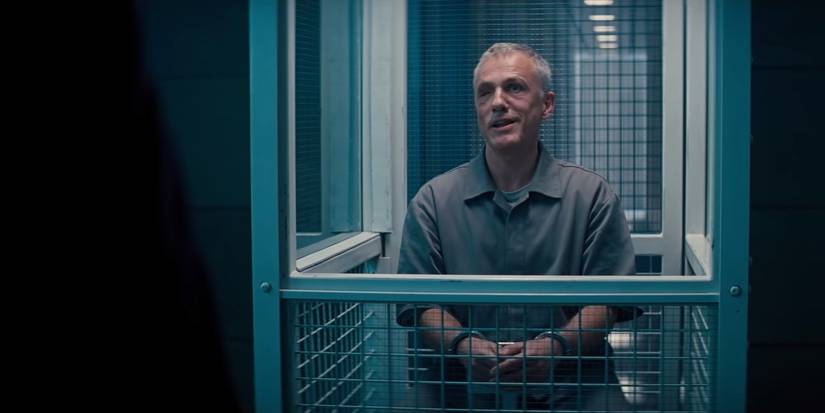
This repetitive focus on villains driven by petty personal grudges dilutes the franchise’s strong tradition of megalomaniac and ideologically driven antagonists. The emotional motivations sometimes feel contrived and limit the storytelling potential. For Bond 26, a return to classic villain archetypes—those motivated by vast ambitions and complex ideologies rather than personal slights—would revitalize the narrative and bring fresh threats to the world stage.
Conclusion
The Daniel Craig era undoubtedly pushed the James Bond franchise into a new era of realism, emotional depth, and strong storytelling, updating the franchise for modern audiences. However, some tropes that lingered or surfaced in these films are now hindering its progress. The overuse of villains with facial disfigurements, the tired narrative of Bond’s retirement and decline, and the over-explained personal connections between Bond and his enemies are three tropes that need to be left behind as Bond 26 approaches.
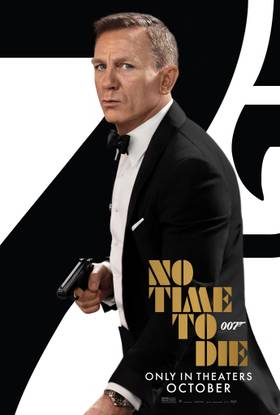
Future installments should embrace more nuanced villainy, a prime and confident James Bond, and grander villain motives to keep the legendary series vibrant. What do you think? Should the franchise continue evolving in fresh directions or hold on to certain traditions? Share your thoughts in the comments and explore more at keeperfacts.com.

